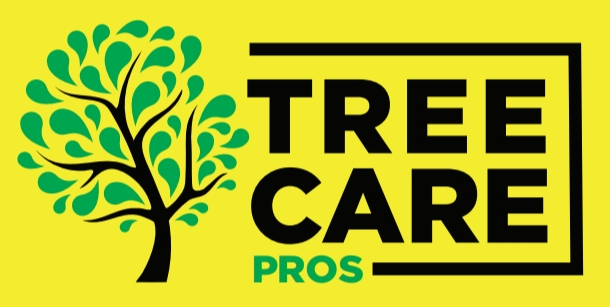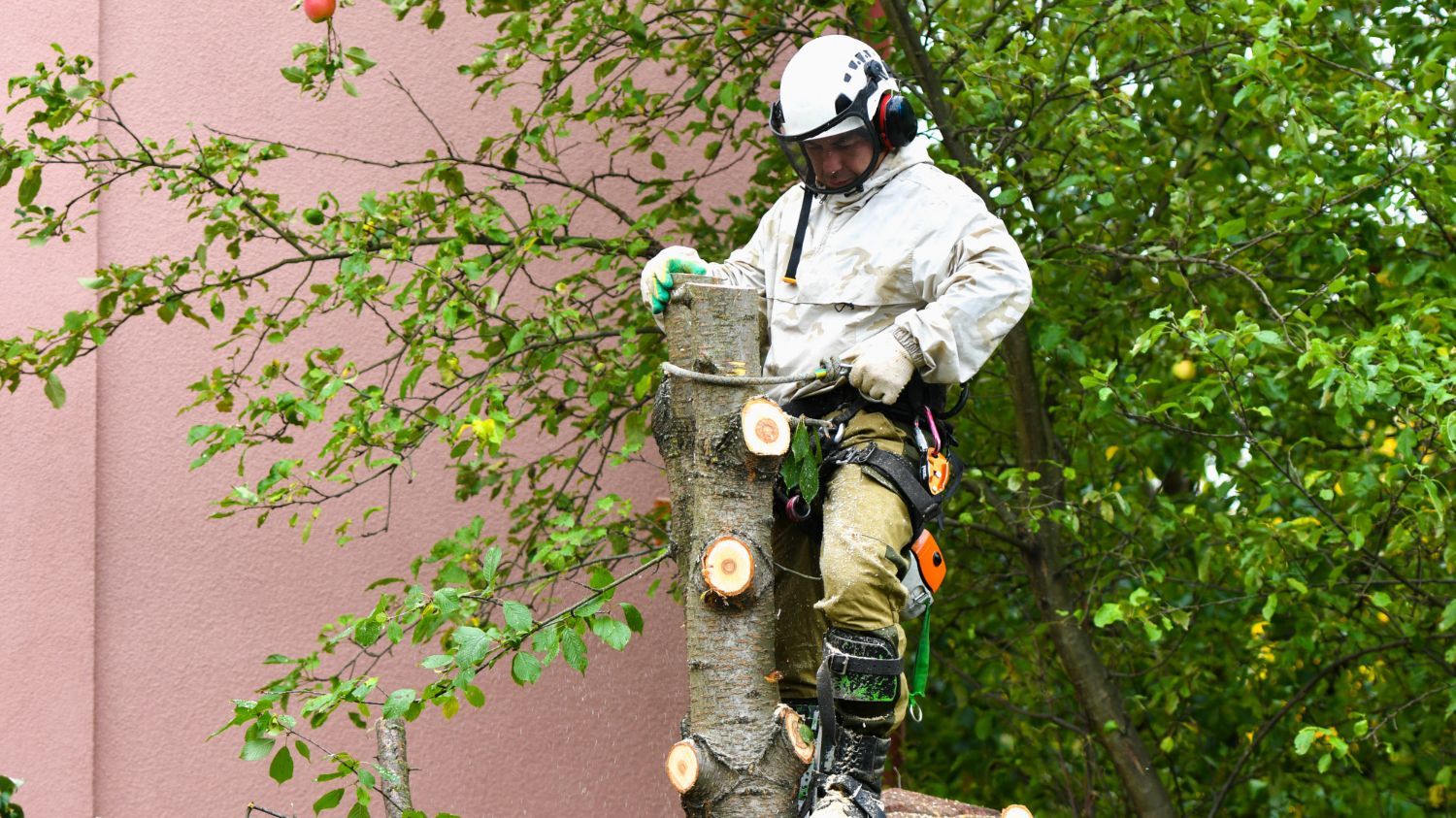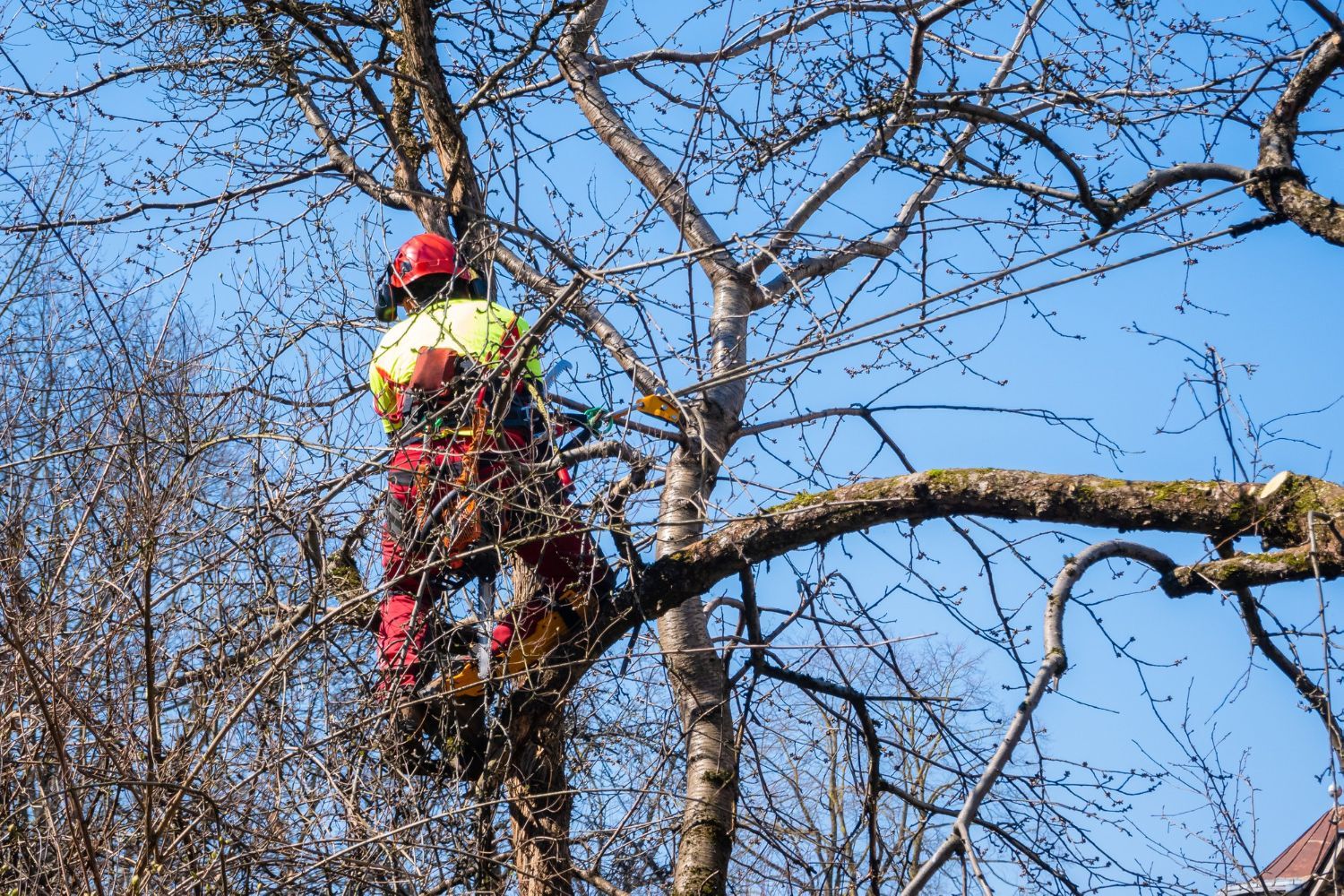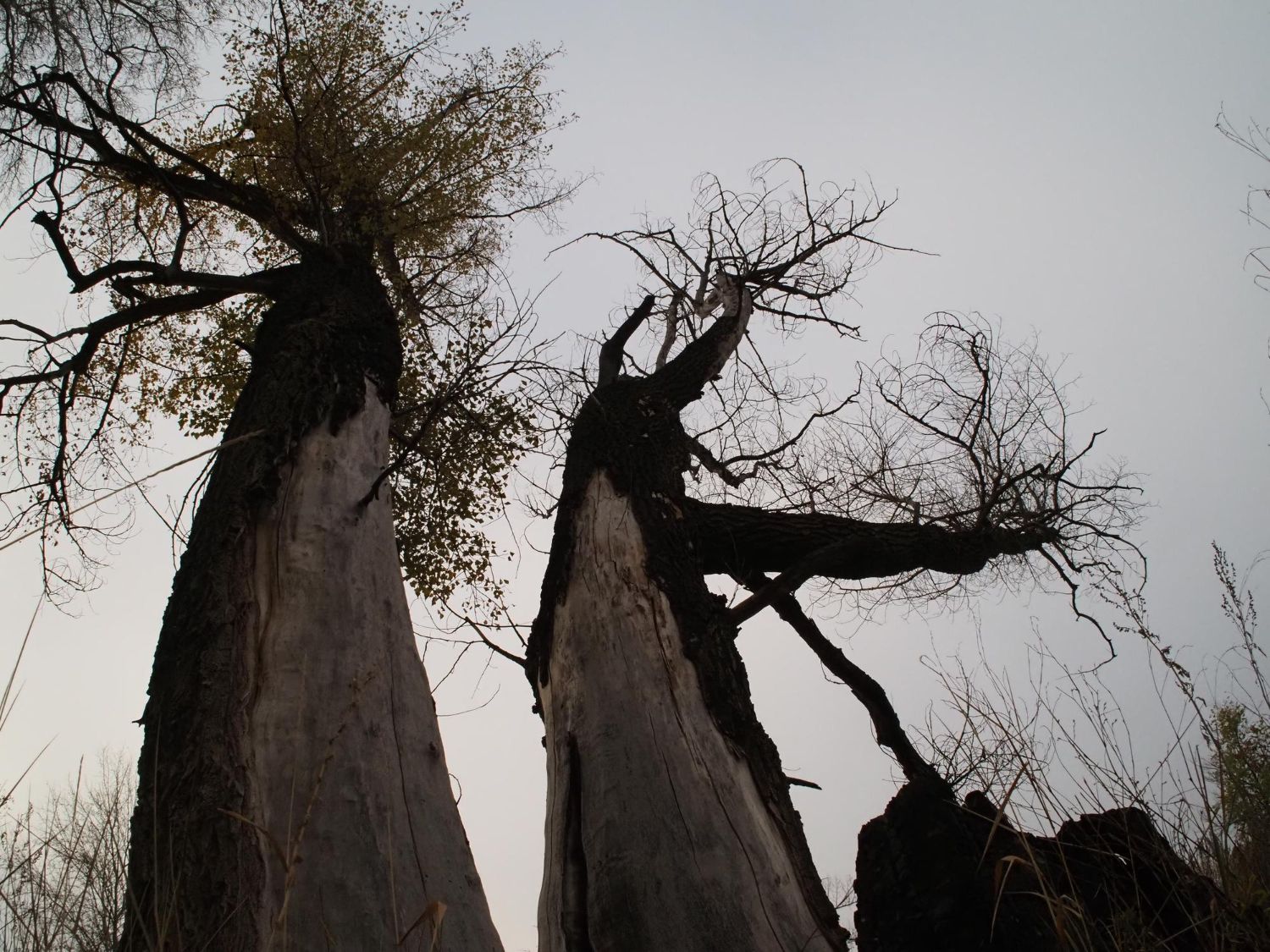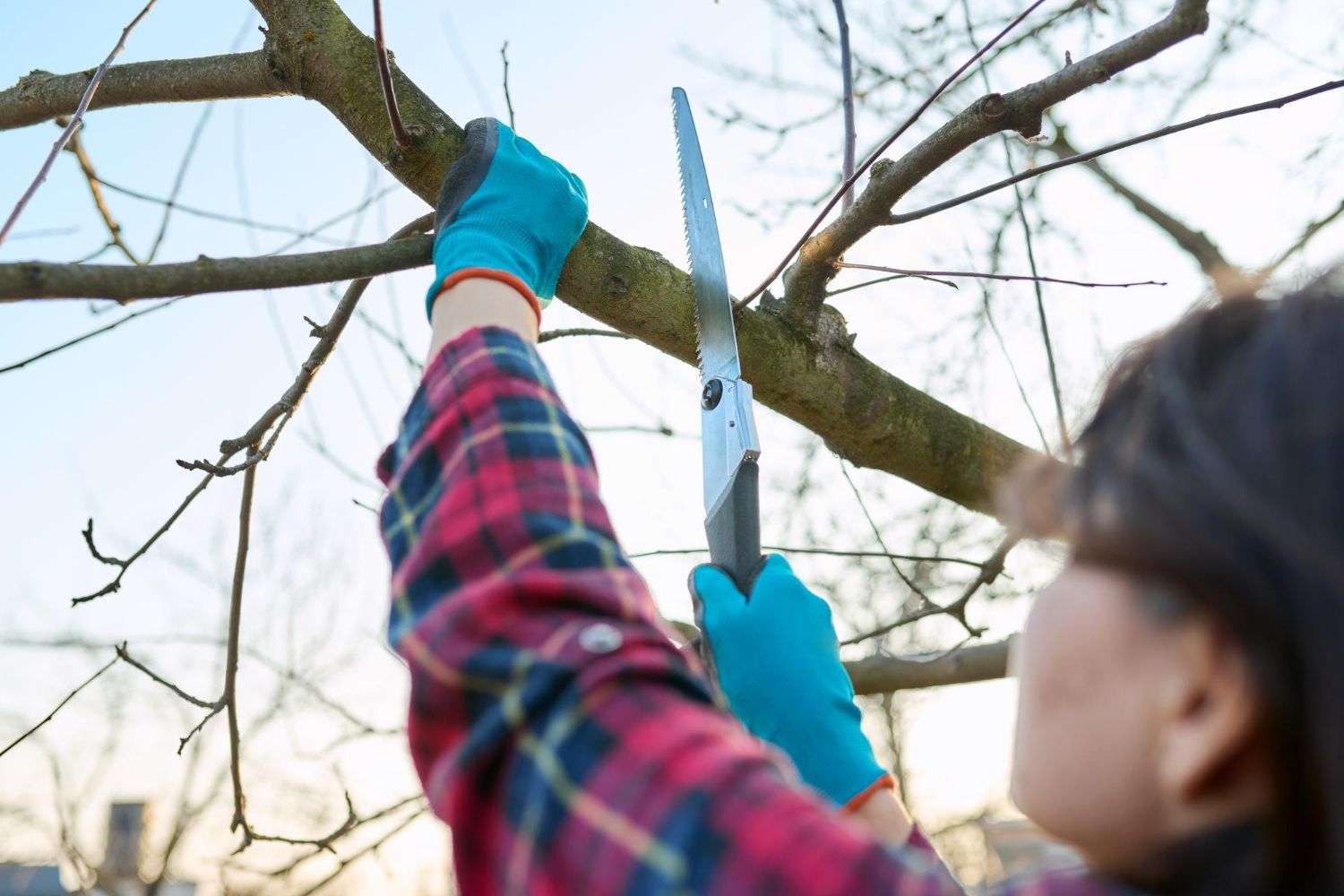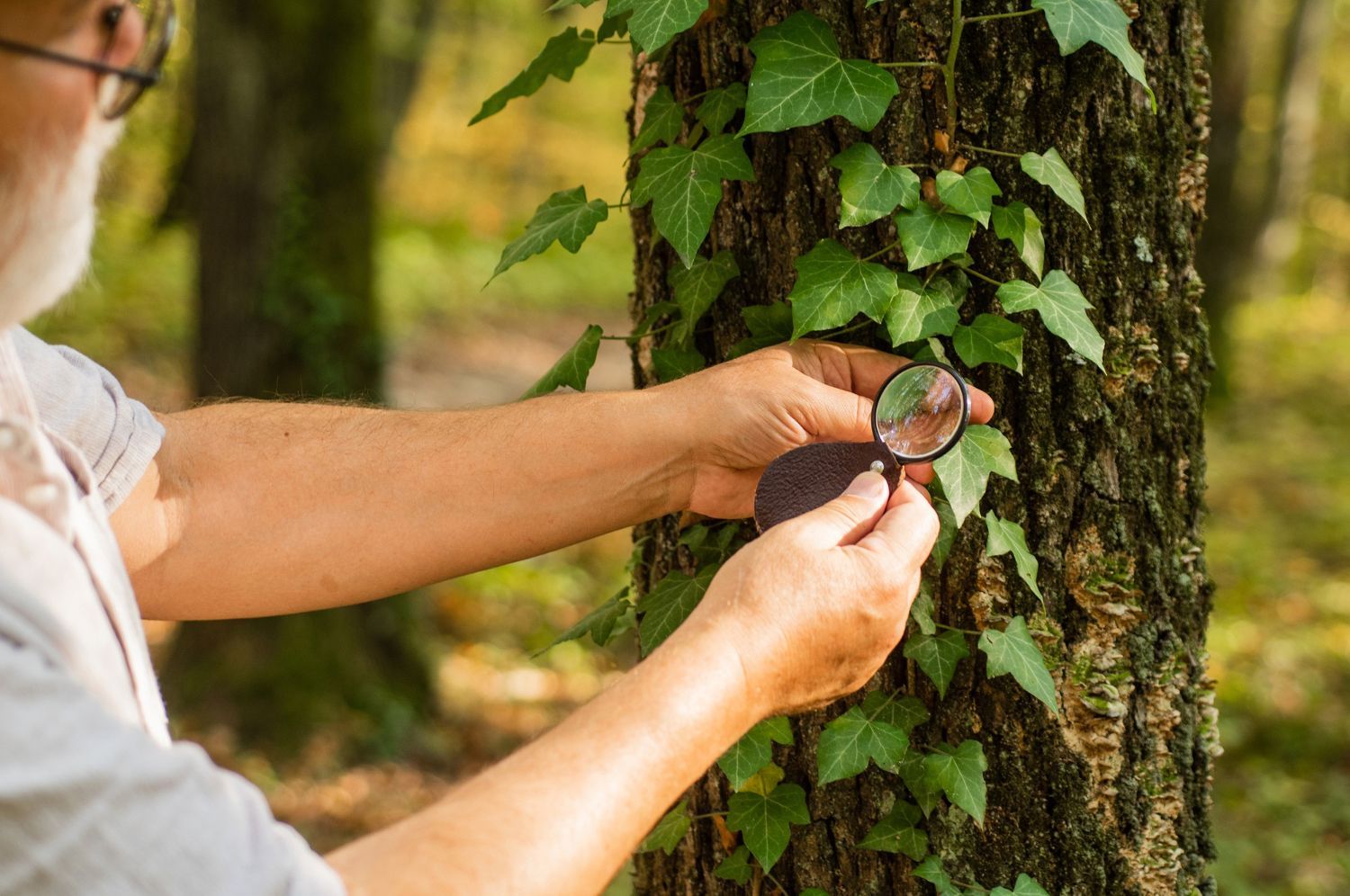How to Address Leaning Trees for Safety Concerns
Trees add beauty and value to any property, but when they start leaning, it's more than just an eyesore—they can pose serious safety risks. Understanding why trees lean can help homeowners address potential dangers before they lead to trouble. In Barrie, where seasonal winds and weather changes can worsen tree tilts, knowing how to handle a leaning tree is key to maintaining a safe environment.
Addressing a leaning tree promptly prevents accidents and avoids potential property damage. Many homeowners may not even realize the importance of intervening early. Without action, a leaning tree might develop root issues or become unstable, leading to costly damage. Let's explore how you can identify causes and assess the safety of that tilting tree in your yard.
Understanding the Causes of Leaning Trees
Numerous factors can cause trees to lean, and understanding these causes helps in managing them correctly. Here's a closer look:
1. Natural Growth Factors: Not all leans are hazardous. Sometimes trees lean naturally as they grow toward sunlight due to environmental conditions or when competing with other trees for space.
2. Environmental Influences: Nature plays its part, too. Strong winds, heavy rain, and even the weight of snow can gradually tilt trees. Over time, the pressure from these elements may weaken the tree's root structure, causing it to lean more noticeably.
3. Examining Root Causes and Stability: Sometimes, the problem lies under the surface. Shallow root systems may fail to anchor a tree securely, especially in areas with loose or sandy soil. Checking the soil condition and knowing the tree's root depth can help assess its stability.
By identifying these factors, homeowners can better gauge which leaning trees might need more attention and possibly removal.
Assessing the Safety of a Leaning Tree
Not every leaning tree is destined to fall, but assessing its safety is crucial to determine the right action. Here’s how you can evaluate a leaning tree's threat level:
- Signs of Hazard: Look for cracks in the soil around the base, exposed roots, or visible shifts in the tree's position after a storm. These indicators suggest the tree might be losing its grip on the ground.
- Stable vs. Dangerous Lean: A tree leaning slightly away from vertical may not be alarming if it's stable and growing naturally in that direction. However, a sudden or severe lean, especially after a storm, calls for immediate attention.
- Seeking Professional Evaluation: When in doubt, consulting with a tree expert is wise. Professional arborists can provide crucial insights and recommend whether a tree is likely to hold up or if it poses a danger and needs removal.
Taking these steps can prevent future incidents and ensure the well-being of your property and loved ones. Addressing these concerns early also helps in planning further actions needed to maintain tree stability.
Safety Measures for Addressing Leaning Trees
When you notice a tree in your yard starting to tilt, acting quickly ensures the safety of your home and those around it. Here are some practical steps to take:
- Immediate Actions: If a tree is leaning dangerously, the first step is to cordon off the area to prevent anyone from approaching it. This will minimize the risk of injury should the tree fall unexpectedly.
- Supporting or Bracing: In some instances, adding support can stabilize a leaning tree. Using cables or braces supports the tree, helping it stay upright and reducing further strain on the roots. This option is best suited for trees with minor leans.
- Decision for Removal: Sometimes, the best course of action is removal, particularly when a tree poses a significant hazard or risks falling. This ensures the tree doesn’t cause injury or property damage.
Taking these measures can help manage leaning trees before they become a bigger problem. It's crucial to weigh the available options and decide the most appropriate course of action.
Benefits of Professional Tree Removal Services
Managing a daunting tree situation often requires more than just basic tools and equipment. Here's why involving professional tree removal services can be beneficial:
1. Expertise and Equipment: Professionals are trained to handle trees in various states safely. They use specialized tools that ensure safe and efficient removal without harming nearby structures or vegetation.
2. Safety and Injury Prevention: Professionals can assess the most effective way to remove a tree, minimizing risks of injury and reducing the chances of damage to your property.
3. Comprehensive Solutions: From initial assessment to complete removal, professionals cover all aspects of tree management. They not only help remove the tree but can also offer advice on preventing future issues with other trees on your property.
Seeking professional help ensures that each step is executed safely and effectively. This precaution keeps your home safe and allows you to manage landscaping changes more efficiently.
Keep Your Property Safe with Expert Tree Care
Addressing leaning trees effectively prevents accidents and helps maintain a neat and secure landscape. Regular check-ups and treatment maintain the health of your trees and reduce the risk of them developing dangerous leans. Fostering a proactive approach lets you enjoy the beauty of mature trees without worry.
Tree care becomes significantly easier when entrusted to experts who understand the local environment and the needs of your trees. Expert advice and services provide peace of mind and ensure your green spaces remain safe, healthy, and attractive.
To ensure your property remains safe from the hazards of leaning trees, consider the benefits of professional tree removal services. They offer the expertise and equipment needed for safe and efficient solutions. For personalized assistance with
tree removal in Barrie, trust Barrie Tree Care Pros to help maintain your landscape's beauty and safety. Find out more about how we can assist with your tree care needs today.
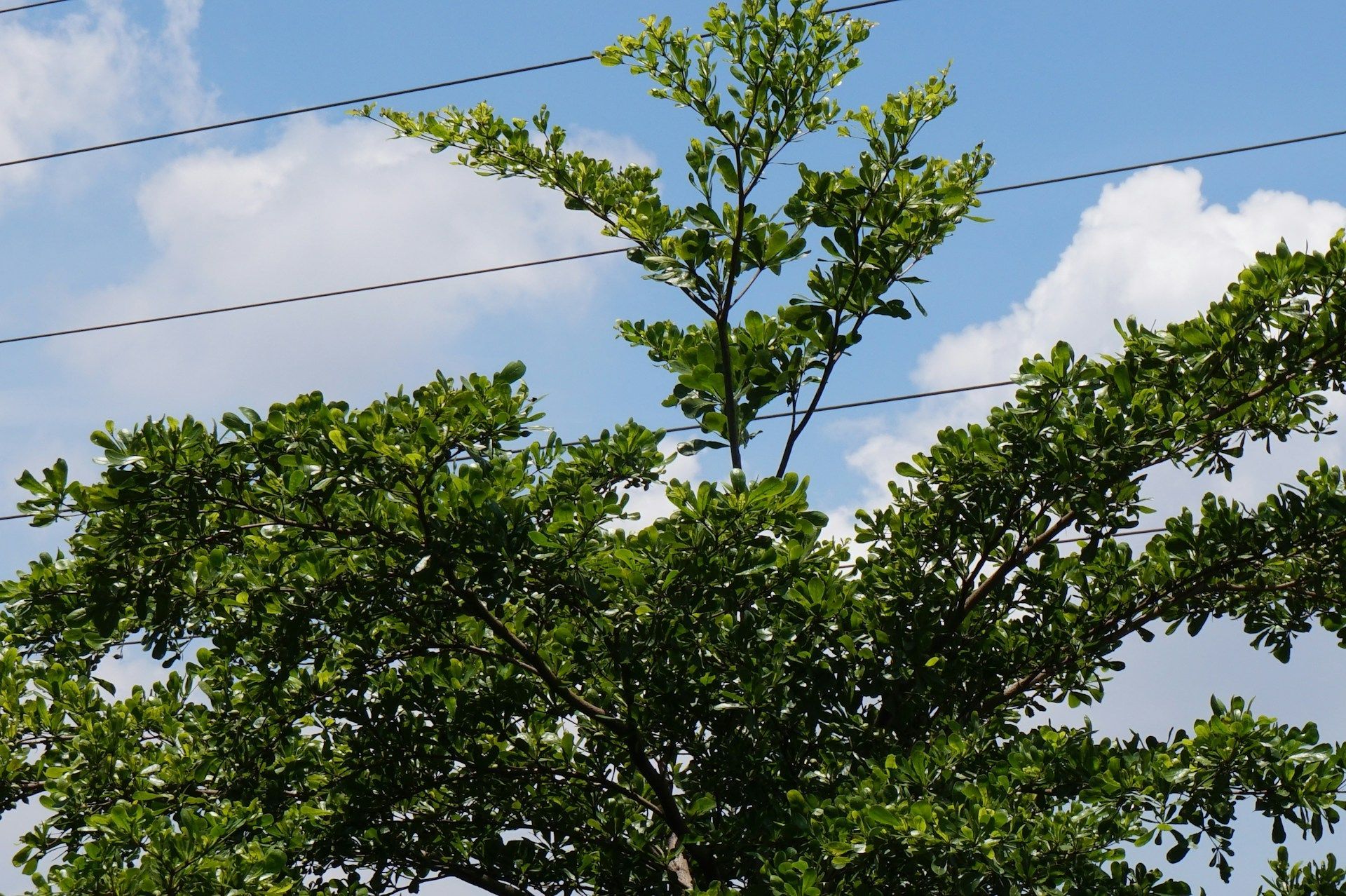
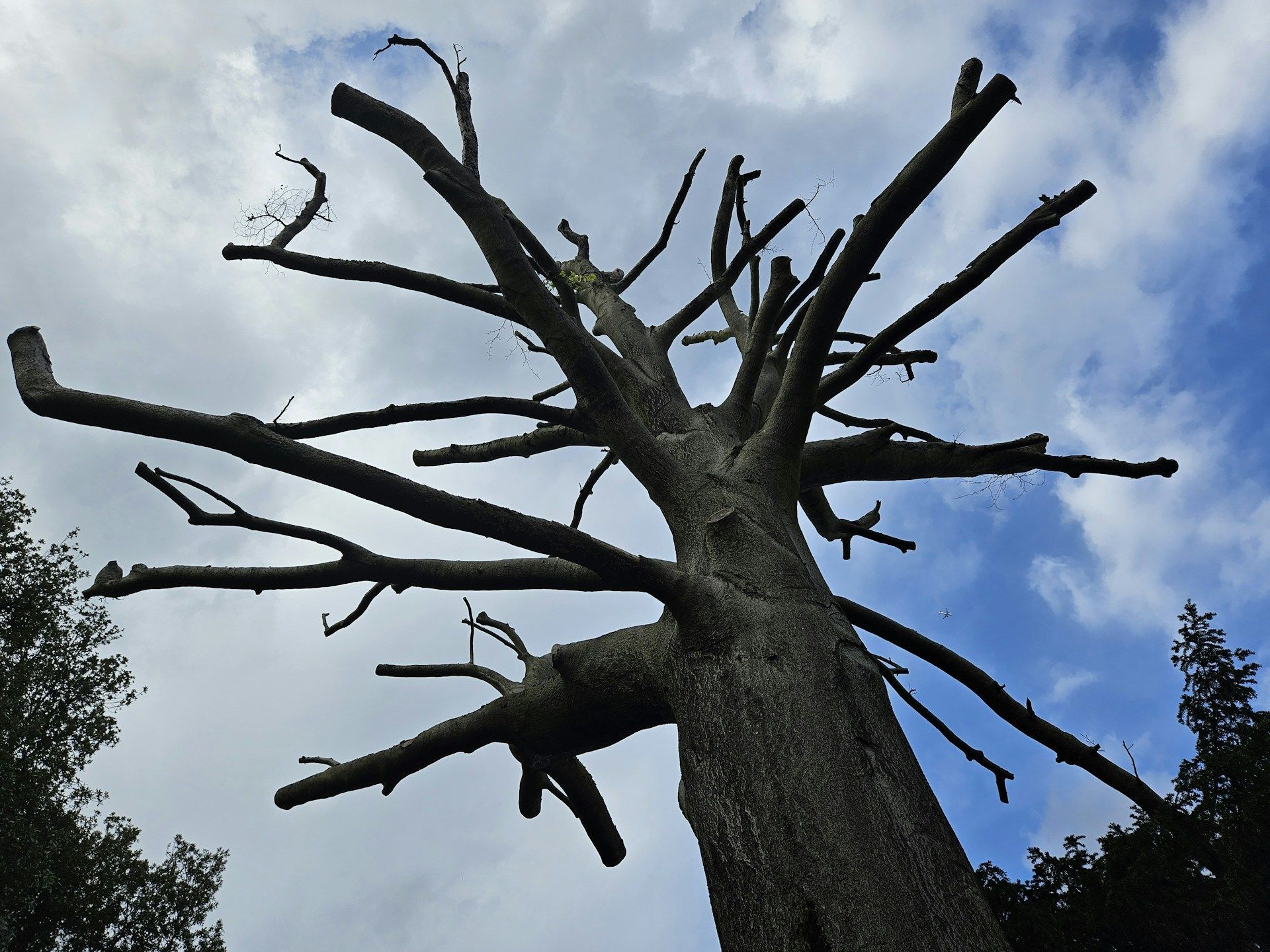
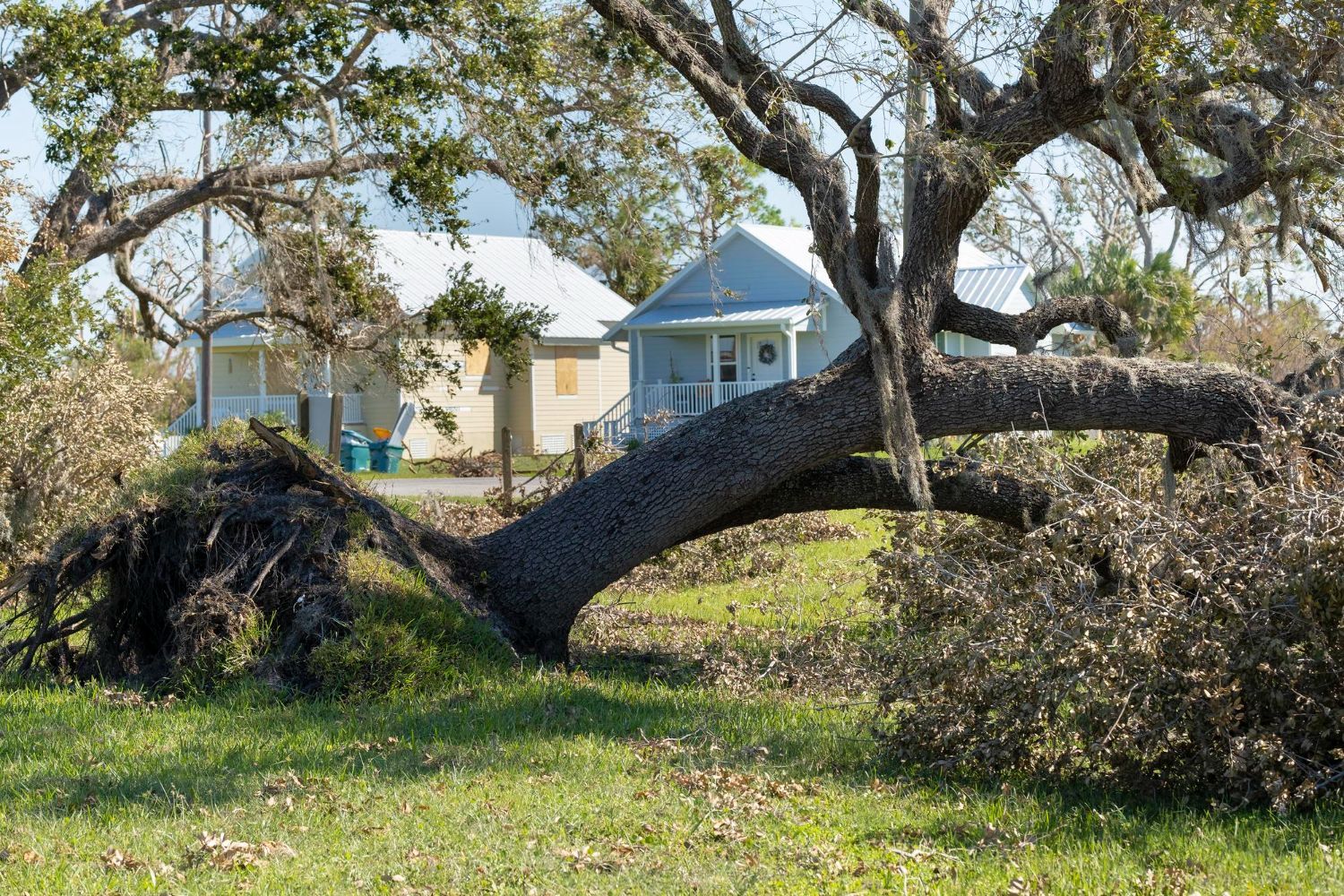
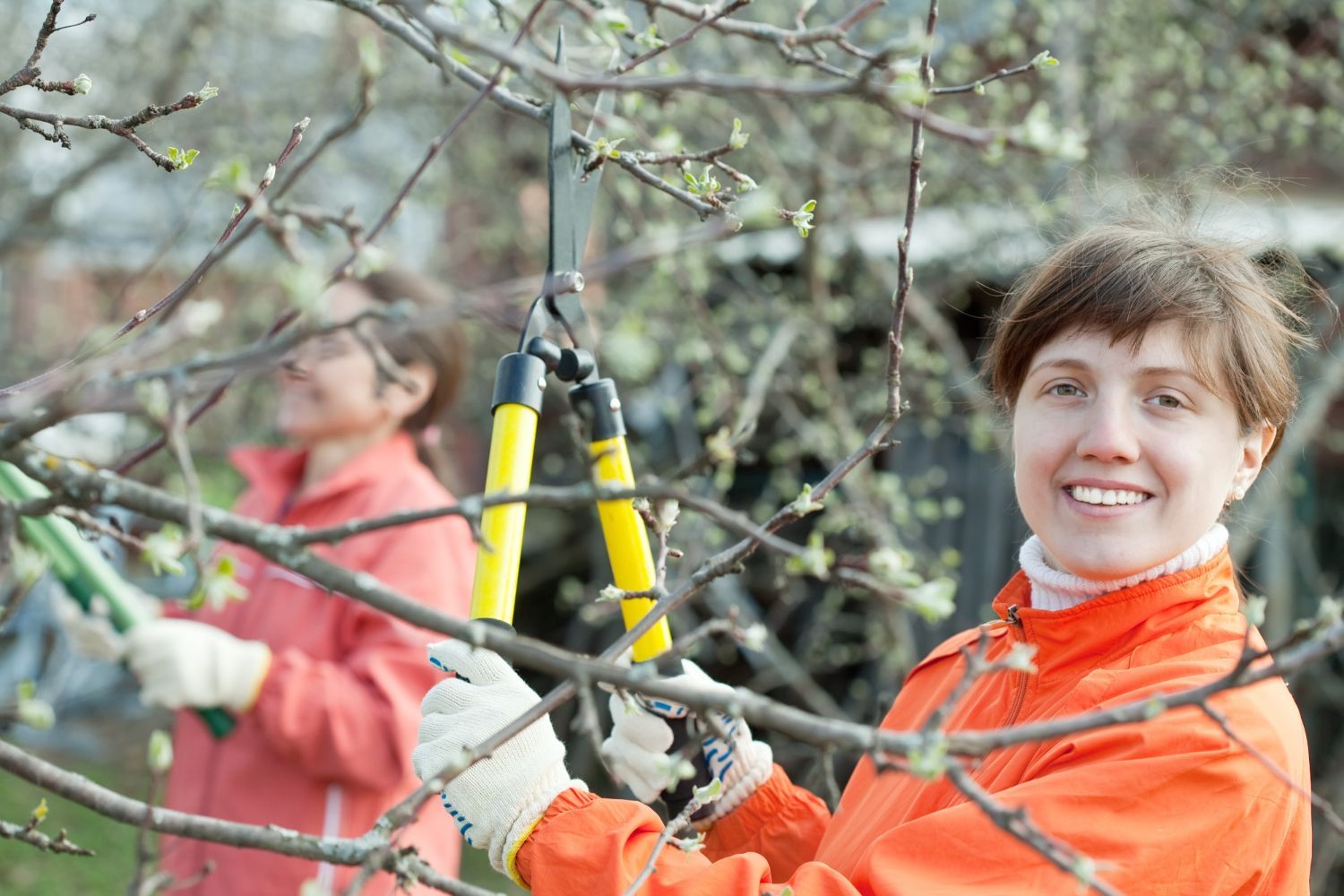
Contact
(705) 805-3696
service@barrietreecare.com
M-S - 9:00 AM - 5:00 PM
Serving Barrie | West Gwillimbury | Innisfil | Mara | Matchedash | Medonte | Nottawasaga | Orillia | Oro | Rama | Tecumseth
Copyright © 2017 Barrie Tree Care Pros, All Rights Reserved
This website is managed by a marketing service for the home improvement industry. All work is performed by licensed and insured contractors. We serve the public by referring inquiring parties to the most qualified expert.
